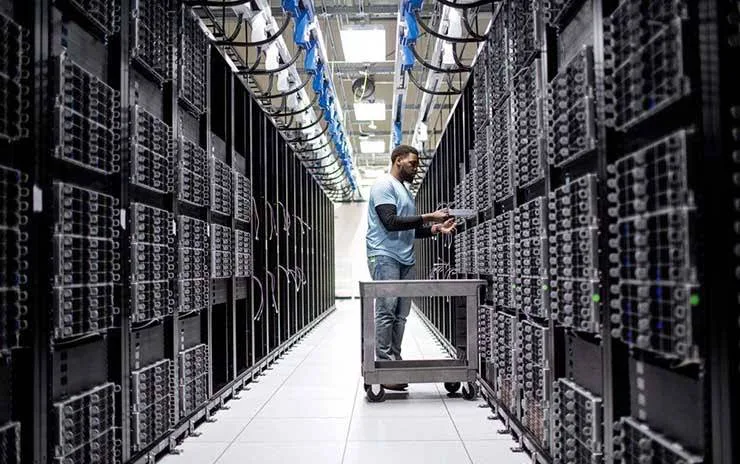Datacentre management is essentially the group of activities performed by people who are responsible for taking care of ongoing operations of a large data centre. These individuals are responsible for ensuring that the servers are functioning at optimum levels most of the time, and that network traffic is minimal. It also involves Business Continuity Planning and management for future events such as migration of applications and systems to new premises or datacenters. Datacentre management is therefore the combination of planning, operation, troubleshooting and security aspects of running a modern data centre.
Network servers must be kept up-to-date and their physical conditions examined on a regular basis in order to ensure that they are functioning properly. Servers can only serve their purpose if they are fast and reliable, which is why high availability is important for a network infrastructure. It ensures that servers are not down for any reason during critical business hours, which can have a negative impact on your business’s performance and its bottom line. This is why high availability servers must be carefully managed to ensure that your servers are functioning as efficiently as possible.
There are two main components involved in server management: server hardware and network software. The type of hardware you use depends on the environment where your servers are placed: whether it is a single-backup or multi-rackmount configuration. This also determines the role of servers, with single-rackmount servers serving one single client at a time and multi-rackmount servers sharing a single physical server resource with other clients. Different operating systems will use different protocols on the underlying technologies and it is important for servers to communicate with each other using standards such as Datacentre management is essentially the group of activities performed by people who are responsible for taking care of ongoing operations of a large data centre.
When it comes to servers, there are two types of controls you can put in place: functional and security. Functional controls restrict access to the servers and prevent unauthorized users from gaining access to the data on these servers. There are different types of functional controls, including access authorisation, user authentication and password protection. Security controls block unauthorised personnel from entering the network to affect the proper functioning of servers. Security checks are often used in conjunction with access authorisation checks.
Datacentre management typically involves security checks at the network gateway, i.e., the server network. There are several ways that the network gateways can restrict access to servers in a server room. The most common way is through IP blocking. Basically, this means that if a client is using a specific IP address when accessing a server, the server does not grant access unless that client is also using a specific IP address. There are also firewall systems that are used to prevent network traffic from being diverted into unauthorised servers. All these methods prevent hackers from compromising network traffic and exposing sensitive information.
On the other hand, network security controls can be applied to individual computers that are in close proximity to servers. For instance, some companies require that employees log on to the corporate network from their workstations. Such stipulations are necessary so that network security does not become compromised by random employees using their work computer for online activity. In addition, companies may use passwords and smart cards to access servers and information.
Some companies may have multiple network computers that each access different servers. One of the ways to secure the servers is by using encryption. Encryption is a form of security that prevents a networked computer from being accessed without the knowledge of the owners or authorised users. The encryption can be achieved on the servers, between servers and network clients or in the network itself. All encryption techniques are quite effective, but must be applied between the servers and networked PCs to ensure that no unauthorised individual gains access to the stored data on servers.
Datacentre management providers use security checks as well as physical security measures to protect servers and network infrastructure. However, it is important for businesses to determine the extent of security that needs to be applied to a specific network. Small business operators should always ask their datacenter provider about their level of security and access authorisation. Datacentre management service providers can also advise network administrators about how best to combine security checks with other types of controls and access authorisation.







